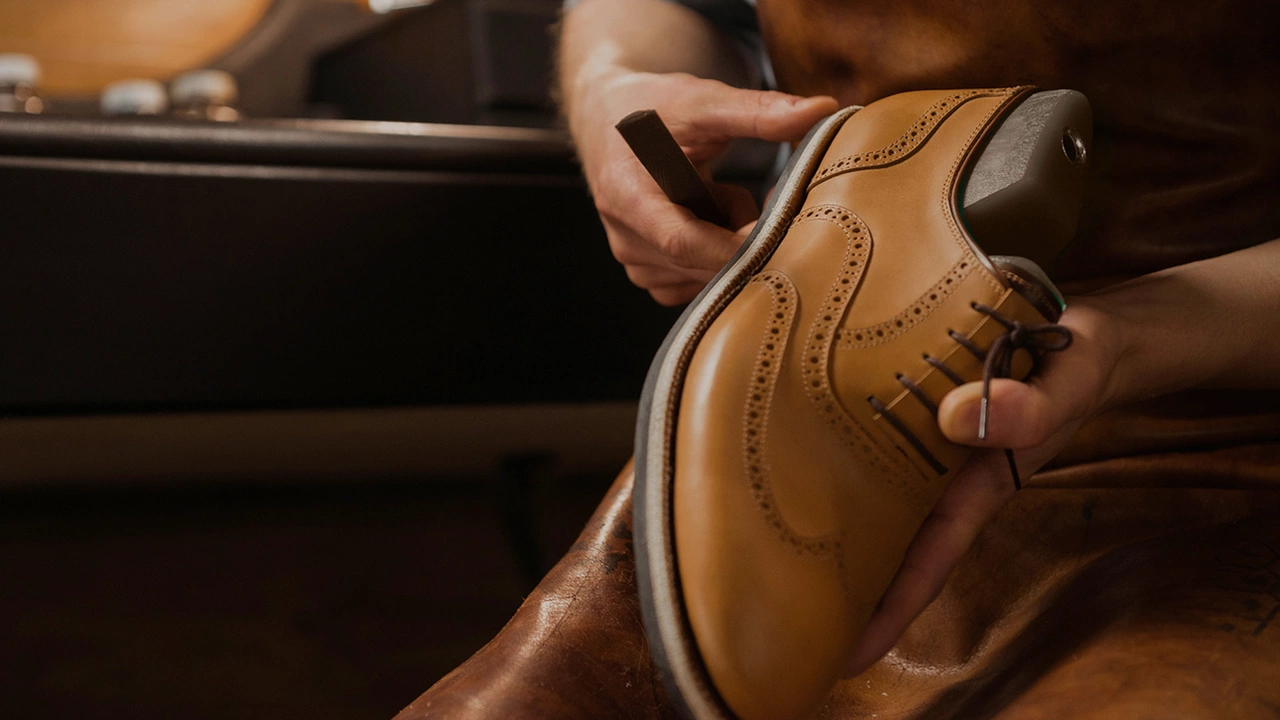Sports Equipment Advice for Better Play
When you dive into Sports Equipment Advice, a set of practical tips that help athletes choose, fit, and maintain their gear. Also known as gear guidance, it bridges the gap between buying a product and getting the most out of it on the field. Sports equipment isn’t just about flashy logos; it’s about how each piece supports performance, comfort, and safety. This category pulls together real‑world answers so you can skip the guesswork and focus on the game.
Key Gear Topics That Shape Your Performance
One of the hottest debates among players is whether cleats, specialized shoes with protruding studs designed for traction on grass or turf should ever hurt. The short answer: they shouldn’t. When cleats fit properly, they provide the grip you need without compressing nerves or bruising skin. Improper fit often leads to foot pain, discomfort ranging from blisters to chronic aches caused by pressure points or poor alignment. This pain usually stems from three culprits: a size that's too small, a model that doesn’t match your foot shape, or a lack of a proper break‑in period. The break‑in period, a short phase where you gently wear new cleats to let the material soften, lets the shoe mold to your foot and eases pressure spots. In short, choosing the right cleats reduces foot pain, and a thoughtful break‑in period ensures the gear feels like an extension of your body, not a source of distraction.
Fit goes beyond length; width, arch support, and toe box shape matter just as much. A snug but not tight fit means your foot stays stable during rapid direction changes, while excess space invites slipping inside the shoe, which can cause missteps and injuries. Many players overlook the importance of trying on cleats with the same socks they’ll wear in matches—this mimics real conditions and reveals hidden issues. When you pair a well‑fitted cleat with a brief break‑in routine, you set the stage for lower injury risk and better on‑field confidence. Below you’ll find a curated set of posts that dig deeper into each of these points: how to measure your foot accurately, what to look for in different cleat materials, and simple tricks to speed up the break‑in process without damaging the studs.
That’s the kind of insight you’ll see in the collection below—straightforward advice you can apply today, whether you’re a weekend warrior or a competitive player. From the basics of gear selection to the nuances of maintaining your equipment, the articles are designed to help you make smarter choices and avoid common pitfalls. Ready to upgrade your game? Keep scrolling to discover practical tips, real‑life examples, and step‑by‑step guides that turn sports equipment advice into a competitive edge.
